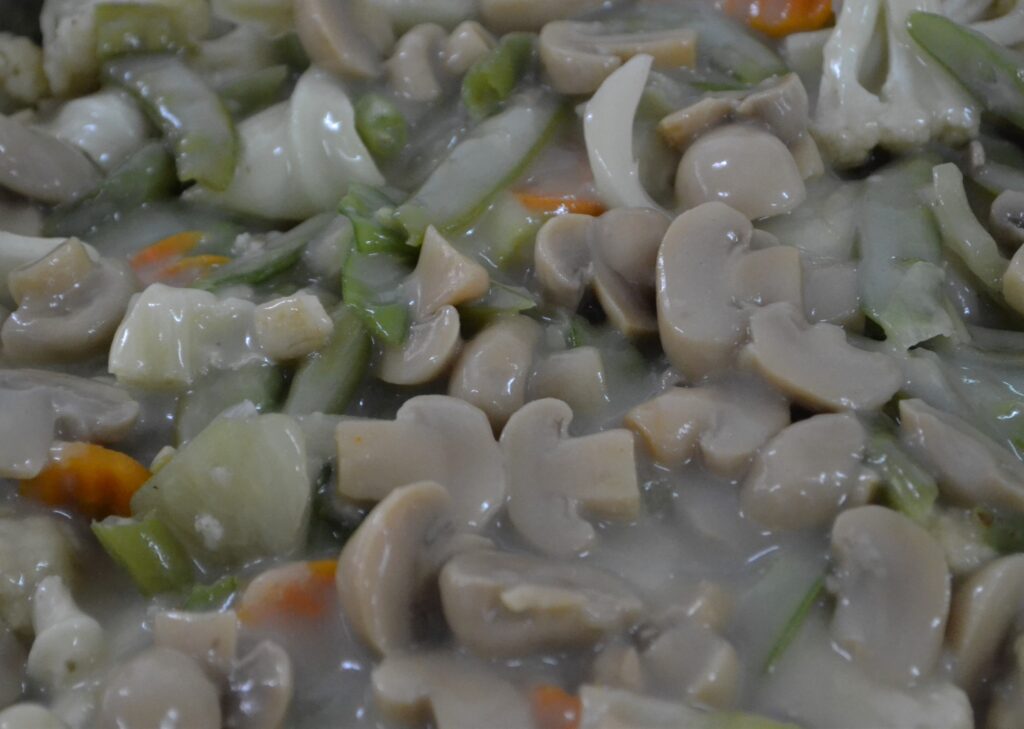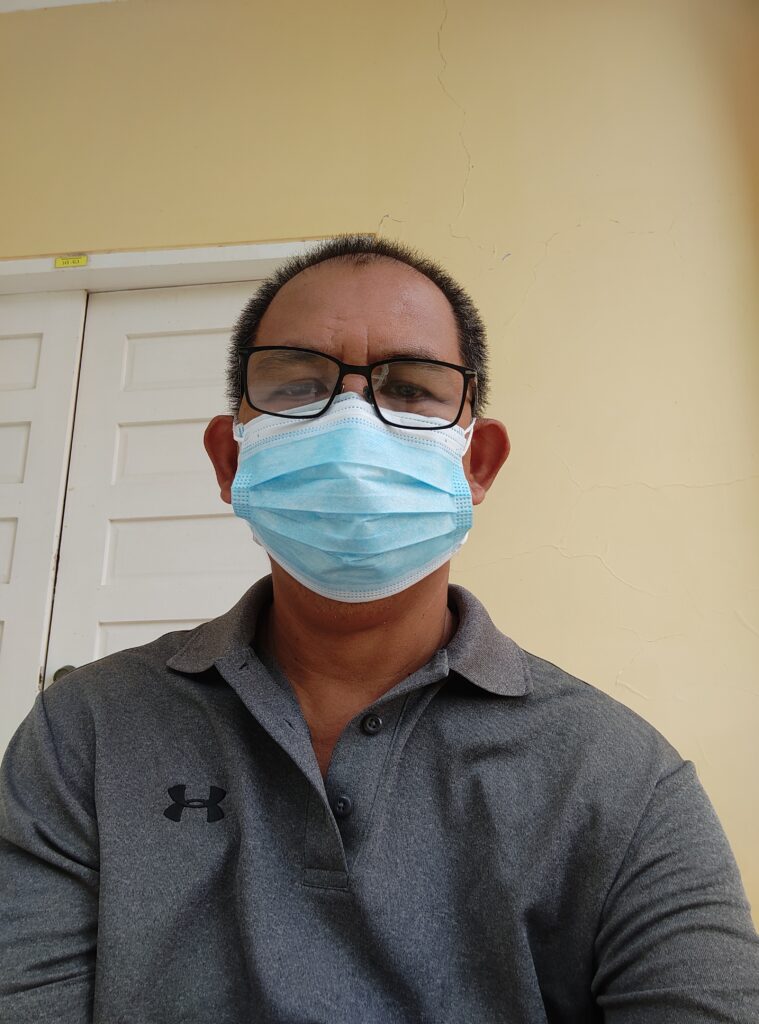Text and Photos by Henrylito D. Tacio
The hospitals are full. More people are being infected with coronavirus disease since 2019 (COVID-19). As hospitals are overwhelmed, there are less doctors and nurses who can take care of these patients. What should these infected people who are asymptomatic or having mild cases do? Where can they go?
The answer is to let them recuperate at home. In order to prevent infection while caring for COVID-19 patient at home, the following must be strictly observed, according to the Geneva-based World Health Organization (WHO):
Isolate the patient
Maintain at least one-meter distance;
Circulate the fresh air;
Designate one caregiver;
Wear a medical mask;
Wash hands frequently;
Use separate dishes, cups, linen, towels for the patient;
Disinfect frequently touched surfaces;
Dispose of patient’s waste safely; and
No visitors are allowed.
Let’s take a closer look at these protocols. “If a patient with COVID-19 is going to be cared for at home, there are a few important things to consider,” explains Dr. Janet Diaz in WHO’s Science on 5 May 6 episode. “One is, the patient should be in isolation – meaning that we don’t want the patient to transmit the virus to other people.”

Eat healthy food 
Wear mask at all times
Dr. April Baller, a WHO infection control expert, further points out: “The patient should stay in a separate room. If this is not possible, then they should have a designated part of the home, and their movements around the house should be limited. Also, there should be one meter, at least a one-meter distance between them and anyone else.
Still, on the issue of room, Dr. Baller emphasizes: “It’s critical to have good ventilation in that patient’s room and any shared spaces. So, this means to really have fresh, clean air coming through as much as possible. And this can be done just by opening the windows.”
According to Dr. Baller, the patient’s caregiver should have no underlying condition. “Whenever patients receive care, they should wear a medical mask, as should the caregiver. And as soon as the caregiver leaves the room, they need to make sure to wash their hands (with soap and water).”
Also, it is very important to clean and disinfect any frequently touched surfaces by the patient, Dr. Baller suggests. Any waste generated from the patient should be packed safely, she adds.
In some instances, the patient may have a fever. “So, if you have a fever, you can take symptomatic treatments or antipyretics or drugs that reduce fevers to keep you comfortable,” says Dr. Diaz, head of clinical care within the WHO.
Dr. Diaz also suggests that a patient should eat and drink sufficiently. “Make sure you stay hydrated, make sure that you maintain some good eating habits, eat what you like, but ensure to keep yourself well-nourished and well-hydrated,” she says.
The good news is: most patients who get COVID-19 will have no complications from it acutely. “They may not develop severe pneumonia and may not need to go to the hospital and that’s good,” Dr. Diaz says.
But the bad news is that there are few patients – mostly those who have underlying diseases like cardiovascular disease or chronic lung disease and elderly – who may be at risk for developing severe disease, according to the WHO official.
“These patients, if they’re being monitored at home, need to carefully watch their symptoms. There’s one thing I do want to emphasize: SARS-CoV-2 we know is a virus. So, if you have COVID-19, then in patients that are being managed at home, we don’t recommend the use of antibiotics. That means medicines that treat bacterial infection, because it’s a virus infection so it won’t respond to an antibiotic.”
But why is there an increased demand for medicines like Remdesivir and also increased appeals for plasma therapy in the treatment of COVID-19?
“At this moment, we have a recommendation against the use of Remdesivir for patients with COVID-19 because there was low certainty in the evidence that it had any benefit in mortality,” Dr. Diaz points out.
“For convalescent plasma, we don’t actually have a recommendation in that guideline specifically yet, but what we don have in the clinical management guideline is also against its use, unless under clinical trials as evidence is accumulating on those interventions. So, we also do not recommend its use other than under clinical trials which are continuing and ongoing.”
Dr. Diaz also reminds: “Remember that all care at home should be done under clinical supervision, which means the decision for when you decide to do home care or you decide to be hospitalized really should be done under the supervision of a health care provider, according to the national protocols for COVID-19 care pathways.”
When caring for patients at home, it is important to monitor the condition regularly. The caregiver should do this at least once a day and look for any signs and symptoms, complications, or red flags.
“The important point here to note is that the flags can vary slightly depending on the age,” Dr. Baller says. “For adults, these include them complaining of lightheadedness. They could be having shortness of breath, heavy breathing, complaining of chest pains, looking dehydrated.”
For children, it can often be them suddenly appearing confused, being off their food, having blue lips or face. For infants, the red flag is the inability for them to breastfeed.
In some instances, a mild case may develop into a severe case if the patient is having breathing problems. The patient may only be suffering from anxiety or may really be running out of air.
To figure out if what the patient is experiencing is real, a pulse oximeter is recommended. “It’s a fingertip device that can just be a small device put on your finger index,” Dr. Diaz states. “It is relatively expensive and simple to use.
“We do have a recommendation saying that if you are at home and especially if you’re from a high-risk group – a person that may have a risk of developing severe disease – that monitoring your pulse oxygen, your oxygen saturation at home could be useful because you can detect, hopefully early, if your oxygen saturation starts to fall and then get the right intervention and care pathway started. So, 94 to 90 is a little bit low. However, it’s not below 905, which is the warning sign.”
Now, if the number is 90 to 94, the patient should immediately call the clinical provider and tell him or her: “This is my number, this is how I’m feeling. What should I do?” By doing so, you can get some advice on what to do next.
Among the warning symptoms to consider when a COVID-19 patient is treated at home is shortness of breath or difficulty breathing. “That can imply that you’re having pneumonia and the pneumonia is progressing,” Dr. Diaz says.
Another symptom to watch out for is chest pain, as it implies that the pneumonia is there and it’s progressing, which may bring to another symptom: a change in mental status. “Sometimes that can be life confusion, like your thinking is unclear or that you’re dizzy or that you’re sleepier than usual,” Dr. Diaz says.
In case of a possible severe case at home, is oxygen therapy recommended?
“In order to keep your oxygen levels at the normal range, we have to give medical oxygen,” Dr. Diaz says. “Now, when your oxygen levels are low because of a sickness such as COVID-19, the cells in the body don’t have enough oxygen to do their normal function. Every cell of the body requires oxygen for normal function.
“So, if the oxygen levels are low, if they’re low for a long time, if it’s not treated, then the cells themselves stop to work well. Then, they stop working completely and cells can actually die. So, then what you can see is that the organs start, your organs once, your organs, your brain, your heart, your lungs, your kidneys all require oxygen. So, they’ll start to malfunction and in very extreme cases can cause death. So, again, the life saving treatment here then is medical oxygen.”
Medical oxygen, Dr. Diaz says, “is taking the oxygen from the air and compressing it so that that oxygen you take in, let’s say, for example, from a cylinder is that you’re now breathing in almost, you know, pure oxygen. And that is what we give patients in order to keep oxygen levels at a normal level in the body.”
Now, “if oxygen is going to be used at home, it has to be done under a monitored setting, meaning that your clinician, under clinical supervision, that it’s prescribed to you because oxygen is a medicine,” Dr. Diaz says.

